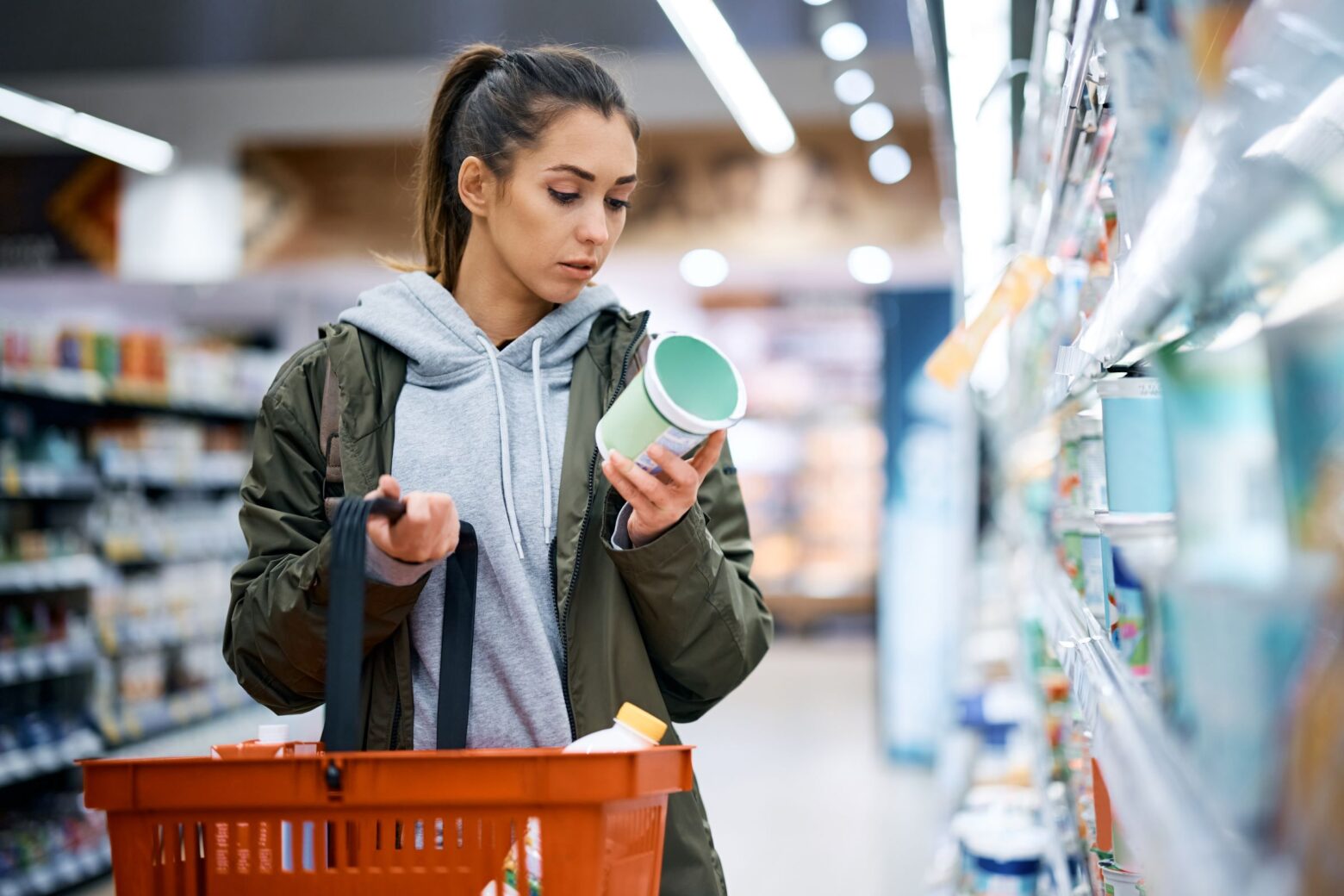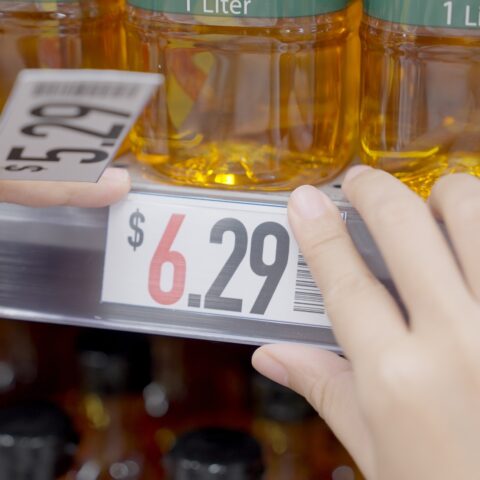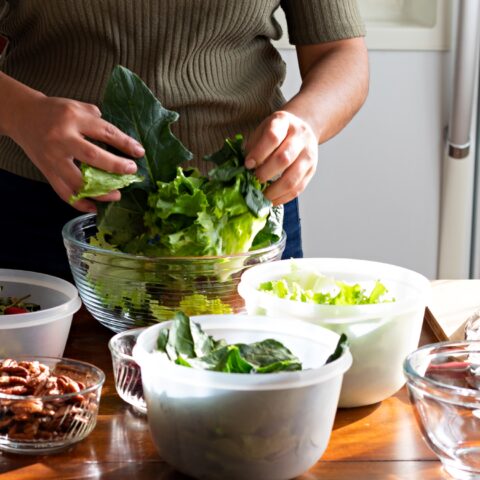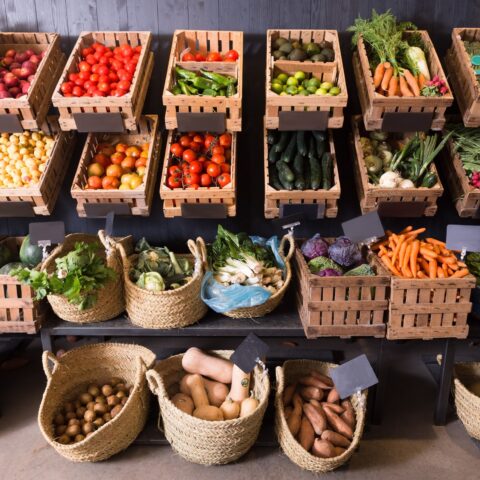How Health Literacy Can Transform Nutrition & Lifestyle Choices

When walking down a grocery store aisle or scrolling virtual stores online, you’re presented with a variety of food and lifestyle products. Depending on where you live, you could either be bombarded with myriad options for one type of food or stuck with just one (or none).
Each product is wrapped with compelling marketing meant to sway you into choosing it. Some brands will try to elevate their product from the rest by displaying certifications that may help people find something that matches their needs or values. Others will use enticing language to sway you—with words like “natural,” “low-fat,” “diet-friendly,” or “sugar-free” in prominent positions on labels.
But if you don’t know the meaning behind why certain information is there and what it actually means, how do you know if what you’re picking is actually healthy or okay for you to consume—especially the way you intend to?
This is one of the many examples of health literacy. Personal health literacy, as the National Institutes of Health (NIH) define it, is “the degree to which individuals have the ability to find, understand, and use information and services to inform health-related decisions and actions for themselves and others.” [1]
Without an even moderate level of personal health literacy, it can be incredibly difficult to make beneficial choices that are supportive of your individual needs and goals.
- For busy parents, knowing how to read products at a glance to ensure each is safe for the dietary needs of all kids holds a different level of responsibility than just grabbing what you might pick for yourself.
- For the athlete looking to make sure you’re hitting your protein goals or avoiding certain ingredients you know will upset your stomach, being able to understand how something was made could power up a great workout or bench you for the day.
- For someone working long hours, navigating the countless health claims for improved energy or mental clarity can be daunting—but understanding marketing lingo and fad ingredients can make for less trial and error and more of getting what you need.
At The Paleo Diet®, we believe in our responsibility to commit to an ever-increasing organizational health literacy: “the degree to which organizations equitably enable individuals to find, understand, and use information and services to inform health-related decisions and actions for themselves and others.” [1]
Being able to read and understand information or access resources is one thing, but knowing how to apply this information is a whole other thing—and that’s where we come in. With regulations, requirements, and nutritional science being updated regularly and simultaneously, we aim to use our Health Literacy Series as a means of not only keeping you in the loop of what matters most, but also serving as a bridge between the information and resources available to you and your ability to act on that information.
Day to day, health literacy could improve your ability to streamline grocery shopping and meal planning and help you adapt to changing health needs. With health literacy, you can use nutrition as a means of hitting your goals—whether lifestyle, fitness, or otherwise—no matter what trending lingo or promotional deals are put in front of you.
Continue your journey toward a strong and healthy life by reading the first installment of our Health Literacy Series on Ultra-Processed Foods.
References
- National Institutes of Health. Health Literacy [Internet]. National Institutes of Health (NIH). 2021. Available from: https://www.nih.gov/institutes-nih/nih-office-director/office-communications-public-liaison/clear-communication/health-literacy
Griffin McMath, ND
With a background in clinical practice, advocacy, and behavior change communication, Dr. McMath is passionate about advancing health literacy and empowering people to make informed decisions.
More About The Author




